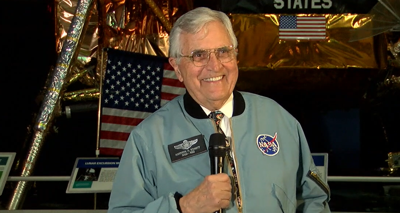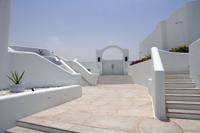Fifty years ago, American astronauts embarked on what was then believed to be the last journey to the moon. It was the Apollo 17 mission.
Three astronauts blasted off into space on top of a Saturn V rocket designed in Huntsville.
On Wednesday, the U.S. Space and Rocket Center hosted Dr. Harrison Schmitt, one of the astronauts who walked on the moon in 1972.
The Intuitive Planetarium held a special program to share more about Schmitt's steps on the moon. It's been 50 years, and Schmitt still recalls it all.
"Well, the main thing that surprised me about walking on the moon was being there," said Schmitt.
Today, there are only four men who have walked on the moon and who are still living.
"It's like being in a very deep mountain valley, brilliant sun illuminating the walls of the alley, and then a silhouette against a blacker-than-black sky," said Schmitt.
He has a razor-sharp memory of what surrounded him, astronaut Gene Cernan and astronaut Ronald Evans.
Schmitt was the only "astronaut-scientist" sent to the moon, and as a geologist, he helped choose the rocks to bring back. His trailblazing work continues to provide scientists with more information.
"The samples that were sent back by the Apollo missions continue to be the gift that keeps on giving," said Schmitt. "Integrate a great deal of that new technology into the Artemis program, and that is a challenge. You have another generation beginning to do the same kind of thing with Artemis."
Right now, Artemis I is taking the next giant leap. It's testing technologies and procedures, while gathering new information. Eventually, this will help get people back to the moon, but that's not all NASA wants to do.
"The Artemis program's initial scientific program is to land at the south pole of the moon. That's a very different environment than anything Apollo experienced," said Schmitt.
Schmitt said technology has made a challenging vision closer to becoming a reality. Part of that is thanks to Huntsville.
"Huntsville has done just a remarkable job over the ages, of developing these very large boosters," said Schmitt.
In just a few days, the Artemis I Orion spacecraft will land in the Pacific Ocean, less than 100 miles from the California coast.
The U.S. Space and Rocket Center and the Rocket City Trash Pandas will host a free Artemis I splashdown watch party at Toyota Field. The party starts 10:30 a.m. Sunday, with Orion's splashdown expected at about 11:40 a.m.














